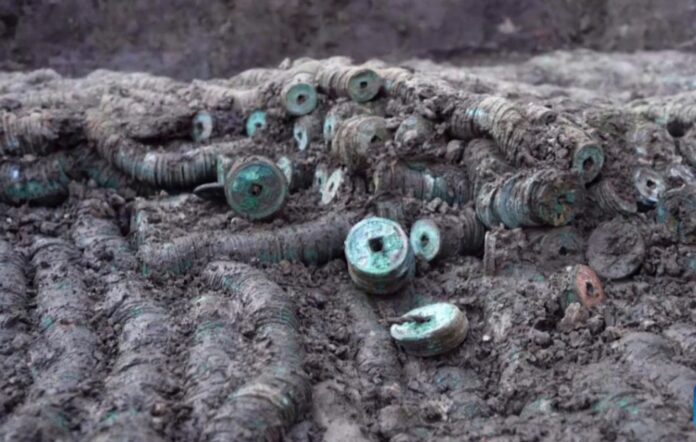Remarkable Find in Jiangsu Province
A stunning archaeological discovery has been made in Shuangdun Village, Jianhu County of Yancheng City, Jiangsu Province, east China. An enormous hoard of ancient coins, weighing approximately 1.5 tons, has been unearthed, offering a fascinating glimpse into China’s monetary history.
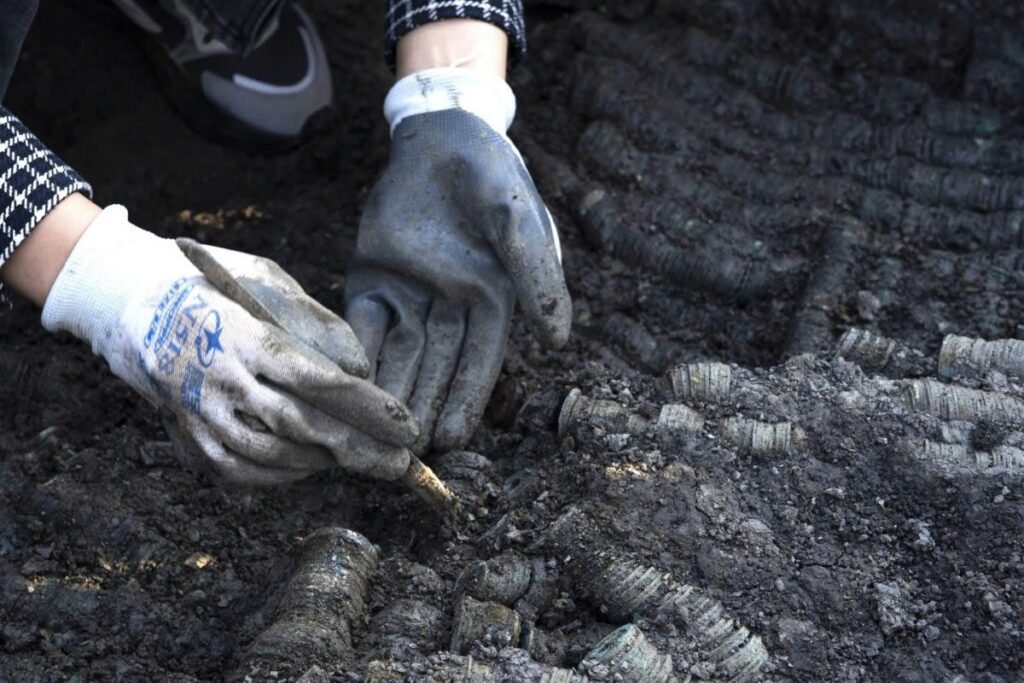
A Glimpse into Ancient Chinese Currency
The coin hoard, dating back to the Tang (618-907) and Song (960-1279) dynasties, was found neatly arranged in an underground pit. The square-shaped pit measured 1.63 meters in length, 1.58 meters in width, and 0.5 meters in depth. Inside, researchers found bronze coins meticulously strung together with straw ropes and stacked in orderly layers.
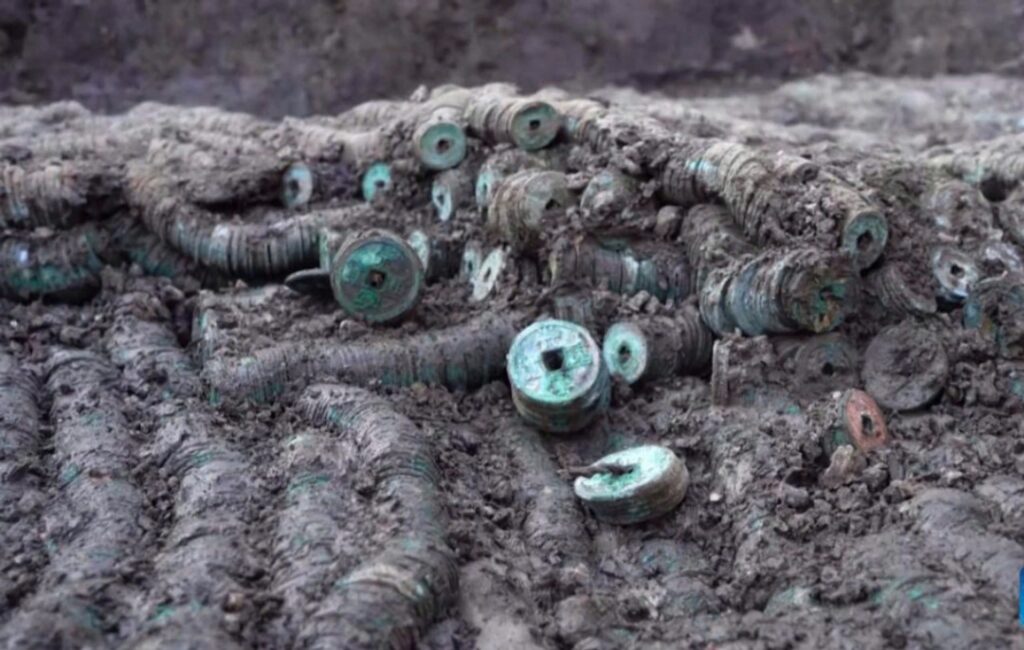
Historical Significance and Preservation
Most of the well-preserved coins bear legible inscriptions, predominantly from the Song Dynasty. This remarkable state of preservation enhances their value for further historical and numismatic studies. Researchers note that such hoards were commonly buried in ancient China to safeguard valuable items like porcelain, coins, and metal tools.
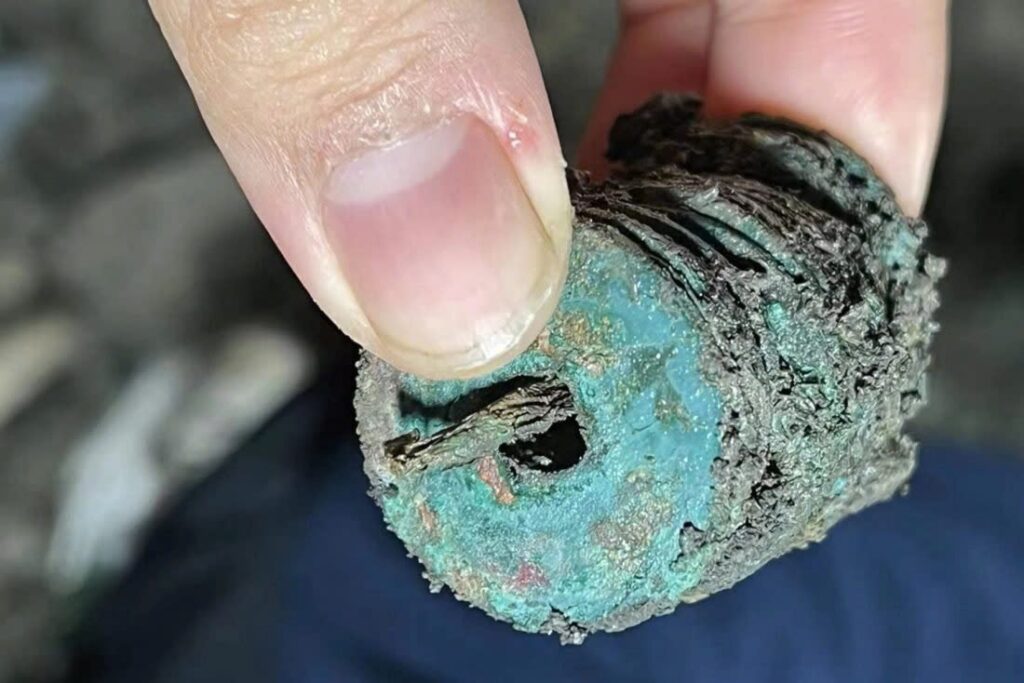
Intriguing Context and Monetary Evolution
The discovery site, surrounded by 70 wells and located near the battlefront of Song and Jin troops, has led researchers to speculate whether it might have been part of a military encampment. The hoard primarily consists of Song dynasty wens, which were the standard currency until a severe copper shortage during the Southern Song dynasty (1127-1279) led to the minting of lower-quality coins and, eventually, the introduction of paper money.
Economic Implications of the Find
This discovery sheds light on a pivotal moment in Chinese economic history. The copper shortage of the 12th century forced significant changes in monetary policy, including wage cuts and the adoption of paper currency. By 1170, the government mandated that half of all taxes be paid with Huizi paper currency, marking a revolutionary shift in China’s financial system.
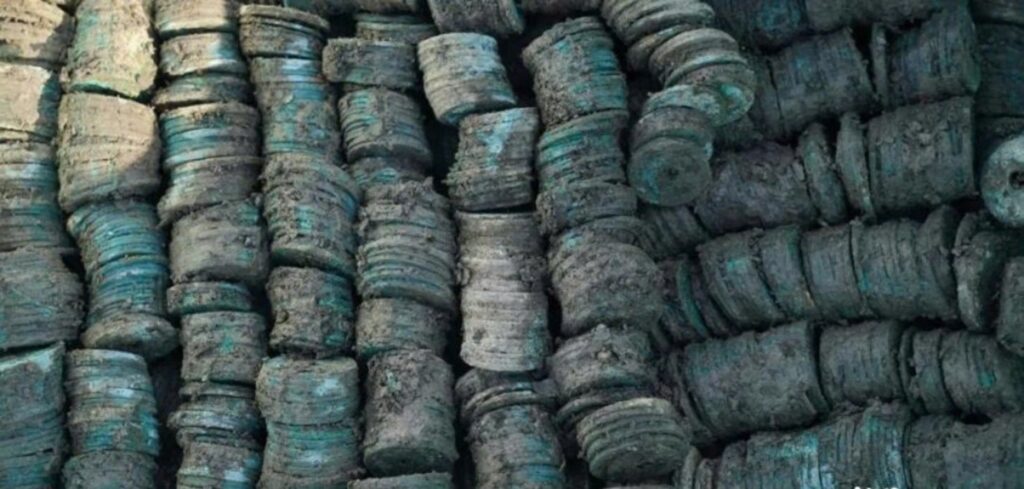
This extraordinary find not only provides valuable insights into ancient Chinese currency but also offers a tangible connection to a transformative period in the nation’s economic development.
